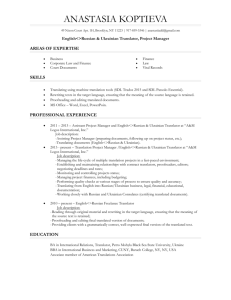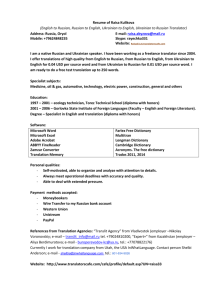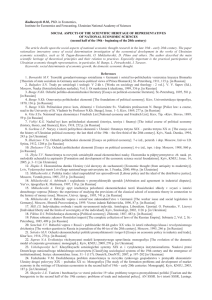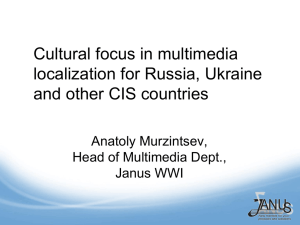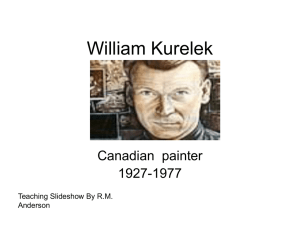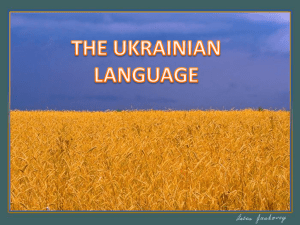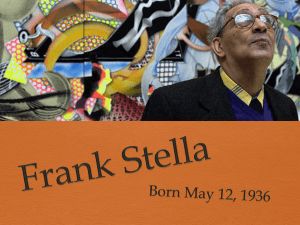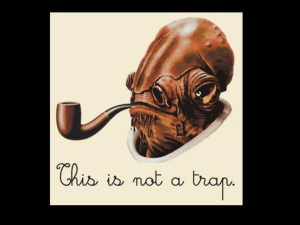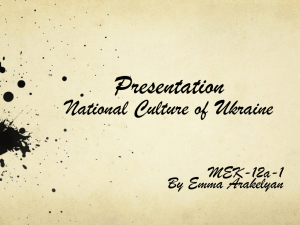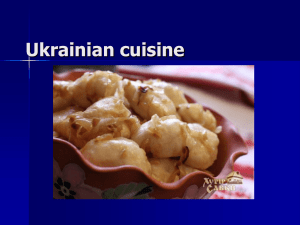Pimonenko
advertisement
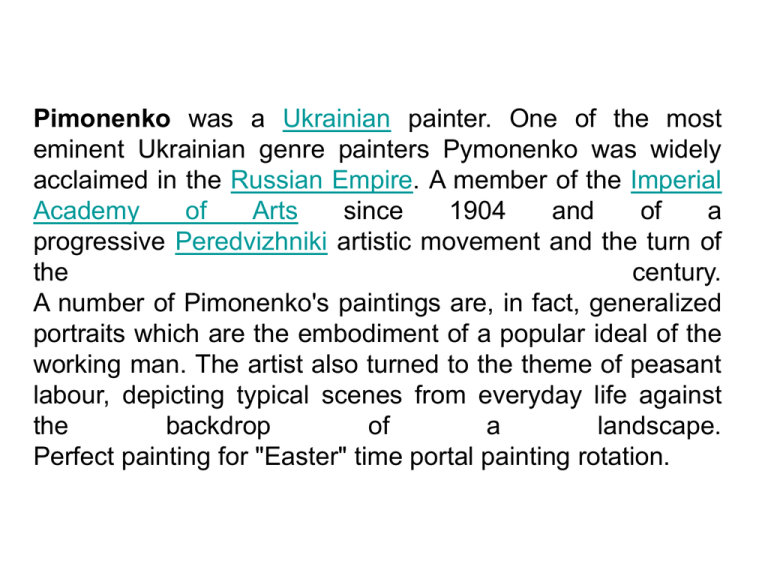
Pimonenko was a Ukrainian painter. One of the most eminent Ukrainian genre painters Pymonenko was widely acclaimed in the Russian Empire. A member of the Imperial Academy of Arts since 1904 and of a progressive Peredvizhniki artistic movement and the turn of the century. A number of Pimonenko's paintings are, in fact, generalized portraits which are the embodiment of a popular ideal of the working man. The artist also turned to the theme of peasant labour, depicting typical scenes from everyday life against the backdrop of a landscape. Perfect painting for "Easter" time portal painting rotation. Konstiantyn Trutovsky was a Ukrainian realist painter and graphic artist. His artistic heritage includes numerous genre screens on Ukrainian themes. Trutovsky was interested in ethnography and depicted colorful Ukrainian folk customs, not shying away from "a dash of good humour". By the water well The region of Podillya is a historical region in the west-central and south-west portions of presentday Ukraine, corresponding toKhmelnytskyi Oblast and Vinnytsia Oblast. Transnistria, in Moldova is also a part of of Podillya. Podolia lies south of Volhynia, southwest of the Kiev Region, northeast of the Dniester River, and east of Galicia across the Zbruch River, a tributary of the Dniester. It has an area of about 40,000 km², extending for 320 km from northwest to southeast on the left bank of the Dniester. Vasily Tropinin. A girl from Podillya. 1804-1812. Oil on canvas. Ivan Trush. Ivan Franko. Mykola Kornylovyh Pymonenko was a Russo-Ukrainian painter. One of the most eminent Ukrainian genre painters Pymonenko was widely acclaimed in the Russian Empire; A member of the Imperial Academy of Arts since 1904 and of a progressive Peredvizhniki artistic movement and the turn of the century. Fortune-Telling on Christmastide. 1888. Oil oi canvas. Kazimir Severinovich Malevich (February 23, 1879 – May 15, 1935) was a painter and art theoretician, pioneer of geometric abstract artand one of the most important members of the Russian avant-garde. Malevich was born in Kiev, Ukraine, under the Russian Empire. He studied at the Kiev School of Art (1895–1896), the Moscow School of Painting, Sculpture, and Architecture (1904–1910) and in the studio of Fedor Rerberg in Moscow (1904–1910). No joke. He was a famous Ukrainian painter of the Russian avant-garde, and I believe that this is one of his most famous works. Black Square, 1913, Oil on Canvas, State Russian Museum, Saint Petersburg. Reply of the Zaporozhian Cossacks to Sultan Mehmed IV of Turkey is a famous painting by the Russian artist Ilya Repin. The 2.58-metre by 2.03-metre canvas was started in 1880 and not finished until 1891. Repin recorded the years of work along the lower edge of the canvas. Alexander III bought the painting for 35,000 rubles, at the time the greatest sum ever paid for a Russian painting. Since then, the canvas has been exhibited in the Russian Museum of Alexander III in Saint Petersburg. Taras Hryhorovych Shevchenko (March 9 1814 – March 10 1861) was a Ukrainian poet, also an artist and a humanist. His literary heritage is regarded to be the foundation of modern Ukrainian literature and, to a large extent, of modern Ukrainian language. Shevchenko also wrote in Russian and left several masterpiece paintings. Self-portrait of Taras Shevchenko, 1840. Taras Shevchenko. Gypsy Fortune Teller. 1841. Oil on canvas. Winner of the 1841 Silver Medal at theImperial Academy of Arts
